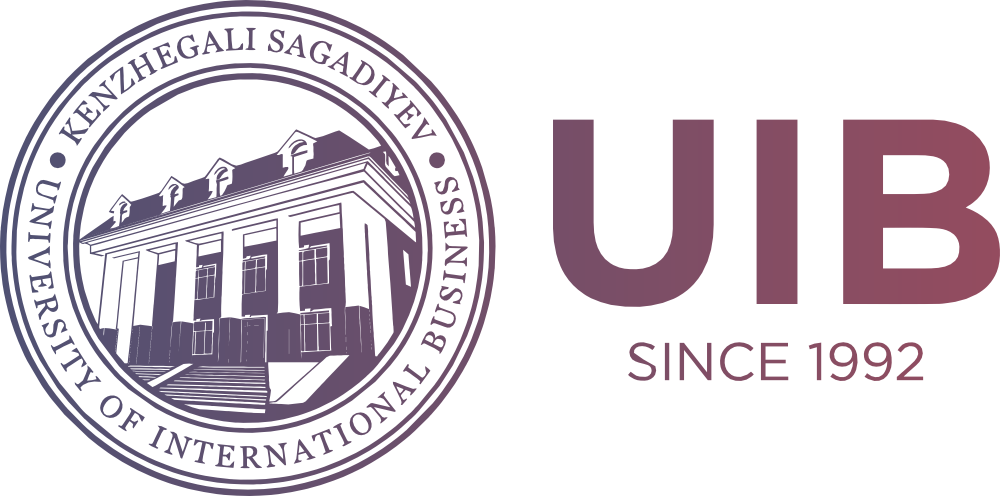Language Resources and Multiethnic Central Asian Economies
DOI:
https://doi.org/10.47703/ejebs.v3i57.17Keywords:
Central Asia, language, multiethnic, heritage, minority, diaspora, economy, diaspora, economy, international tradeAbstract
Goals and objectives of the research – The objective of this research is to shed light on the multiethnicity of the Central Asian countries and their language plurality and examine the development of their broadly dispersed and boundary-spanning language capabilities from the economic perspective
Methodology – This paper reviews and analyzes secondary sources and primary data qualitatively.
Results/Findings – The findings illustrate that the Central Asian countries possess a notable language-resource base that can serve as a crucial asset in connecting economies via trade and collaboration, i.e. contribute to the national competitiveness
Novelty/Originality/Value – Studies addressing the economic impact of Central Asian language heritage are very limited, this is among the few examinations that link these language assets with economic relations and development
Theoretical or Practical Implications – The study points out that regional and minority languages are potentially relevant assets to be considered - beyond cultural heritage - especially regarding international economic and trade relations, not only dominant global business languages. It also suggests that minorities and diasporas are important boundary spanners and connectors across economies with their language and communication resources.
Downloads
How to Cite
Downloads
Published
Issue
Section
License

This work is licensed under a Creative Commons Attribution 4.0 International License.
Authors retain copyright and grant the journal right of first publication with the work simultaneously licensed under a Creative Commons Attribution (CC-BY) 4.0 License that allows others to share the work with an acknowledgment of the work’s authorship and initial publication in this journal.


